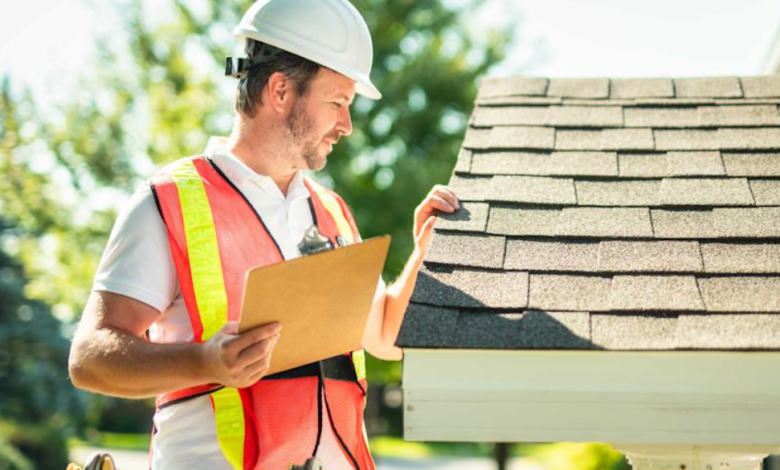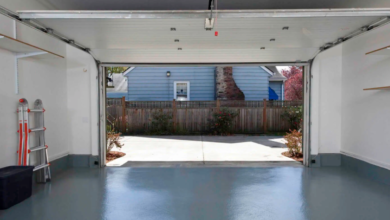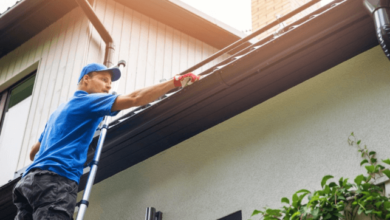How To Protect Your Roof from Your Hurricane

When hurricane season approaches, one of the most vulnerable parts of your home is the roof. As the first line of defense against high winds, heavy rain, and flying debris, your roof takes the brunt of any storm’s force. Without proper preparation, you risk extensive damage that can lead to costly repairs, structural issues, and water intrusion.
Fortunately, there are proactive steps you can take to protect your roof before a hurricane hits. In this guide, we’ll cover essential tips to help safeguard your roof, reduce damage, and give you peace of mind during the storm.
1. Schedule a Professional Roof Inspection
The best way to start preparing your roof for hurricane season is by scheduling a professional inspection. An experienced roofing contractor can identify weak spots such as loose shingles, rusted flashing, cracked seals, or deteriorating underlayment.
Fixing these issues early ensures your roof is in top condition and better able to withstand strong winds and heavy rain. Many roofing companies offer pre-storm inspections as part of seasonal maintenance—make sure to take advantage of these services before a hurricane warning is issued.
2. Check and Secure Shingles
Loose or damaged shingles can easily become detached during a storm, creating entry points for water and weakening surrounding areas of your roof. Check for curling, lifting, or missing shingles and have them replaced immediately.
Use roofing cement to secure any loose edges and reinforce vulnerable sections. If your roof is aging or showing widespread wear, consider re-roofing before hurricane season begins. Newer shingles are often rated for higher wind resistance and can provide much better protection.
3. Reinforce Roof Flashing and Vents
Flashing, which seals the edges around chimneys, vents, skylights, and other roof openings, is especially prone to damage during hurricanes. When flashing fails, water can easily seep into your attic and cause interior damage.
Inspect all flashing for rust, cracks, or gaps and replace or reinforce as needed. Use waterproof sealant to fill any spaces and tighten the connection points. Also, check your roof vents to make sure they are tightly sealed and adequately fastened.
4. Trim Surrounding Trees
One of the biggest threats to your roof during a hurricane isn’t just wind or rain—it’s falling tree branches. Overhanging limbs can snap under pressure and crash onto your roof, breaking shingles, puncturing the structure, and causing significant water damage.
Trim back any tree branches that hang over your roof, and remove dead or weak trees that could fall during strong winds. Regular yard maintenance is one of the simplest yet most effective ways to minimize hurricane damage.
5. Clean Out Gutters and Downspouts
Clogged gutters and downspouts can pool water on your roof, increasing the risk of leaks, rot, and mold. Before a hurricane, thoroughly clean your gutters and downspouts to ensure proper water drainage.
Consider installing gutter guards to prevent future clogs and reduce maintenance needs. In areas prone to frequent storms, make gutter maintenance a routine part of your home care.
6. Secure Roof Anchors and Straps
Homes in hurricane-prone regions often come with roof tie-downs or hurricane straps already installed. These metal connectors anchor the roof to the walls and foundation of your home, reducing the risk of the roof lifting off during extreme winds.
If your home doesn’t have these anchors, consider having roofers or structural engineers install them. It’s a worthwhile investment for long-term protection and may even help reduce your homeowners’ insurance premiums.
7. Use a Roof Tarp as a Backup Plan
While it’s always best to prevent damage in the first place, it’s also smart to prepare for quick fixes if your roof is compromised. Purchase heavy-duty roof tarps in advance and keep them stored with your emergency supplies.
If your roof sustains damage during the storm, tarps can provide temporary waterproofing until repairs can be made. Secure tarps with nails, boards, or sandbags—whatever is safest and most effective for your situation.
8. Consider Upgrading Roofing Materials
If you live in an area where hurricanes are a regular threat, invest in impact-resistant roofing materials. Modern shingles, tiles, and metal roofing products are now available with higher wind ratings and better storm performance.
Asphalt shingles rated for up to 130 mph winds or metal roofs with interlocking panels can provide more protection than standard options. Although more expensive upfront, these upgrades can save you money in the long run by avoiding costly repairs or replacements after every storm.
Conclusion
If you’re unsure where to start, contact a local roofing contractor for a hurricane readiness checkup. A small investment in roof protection today can save you thousands in repairs tomorrow.




